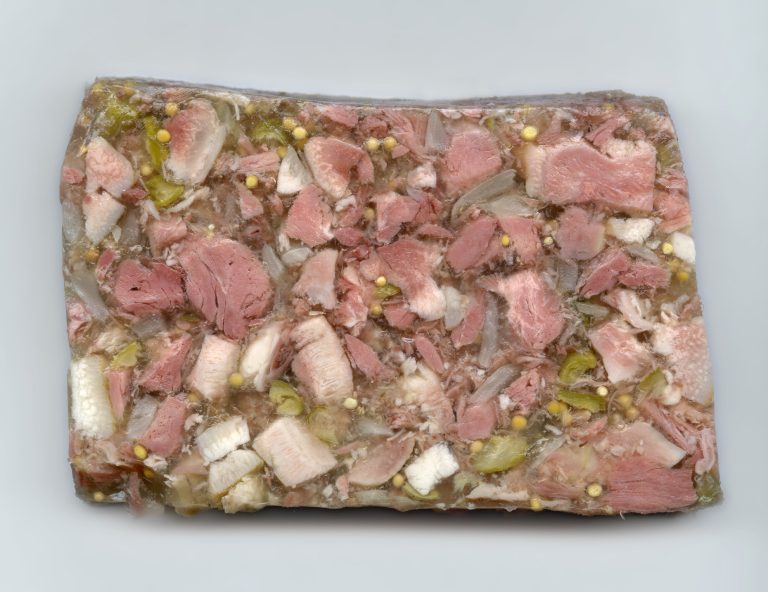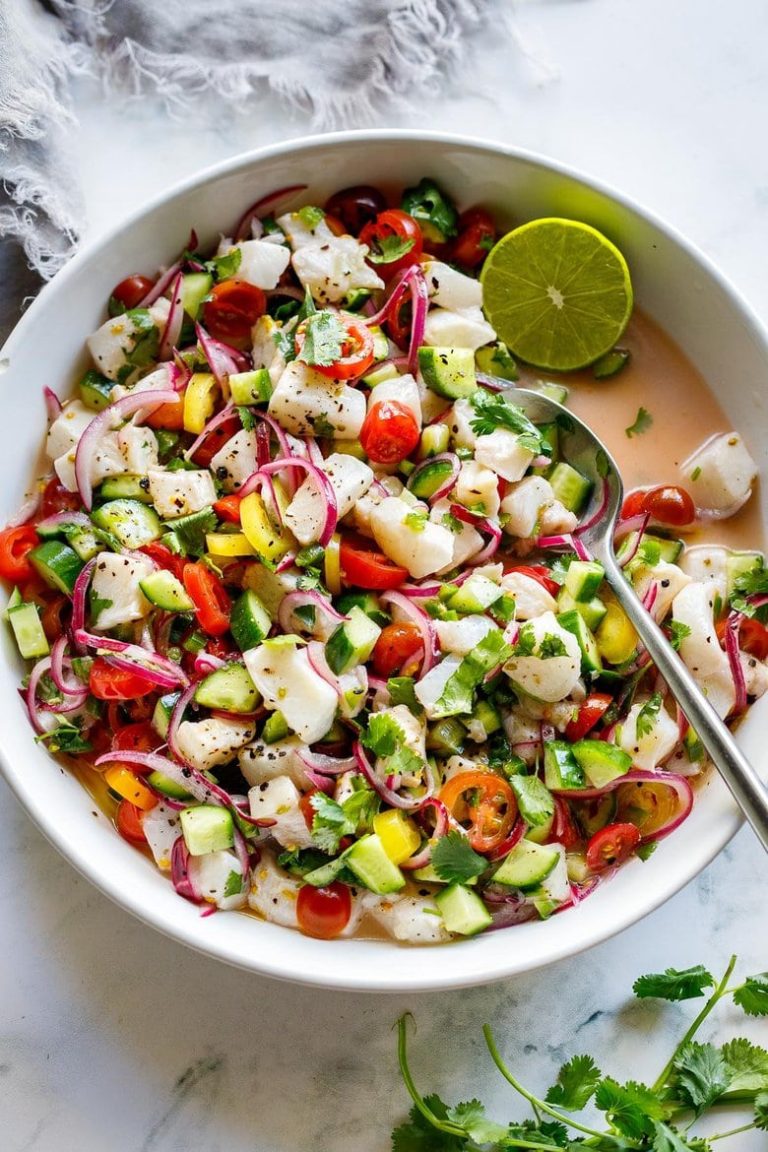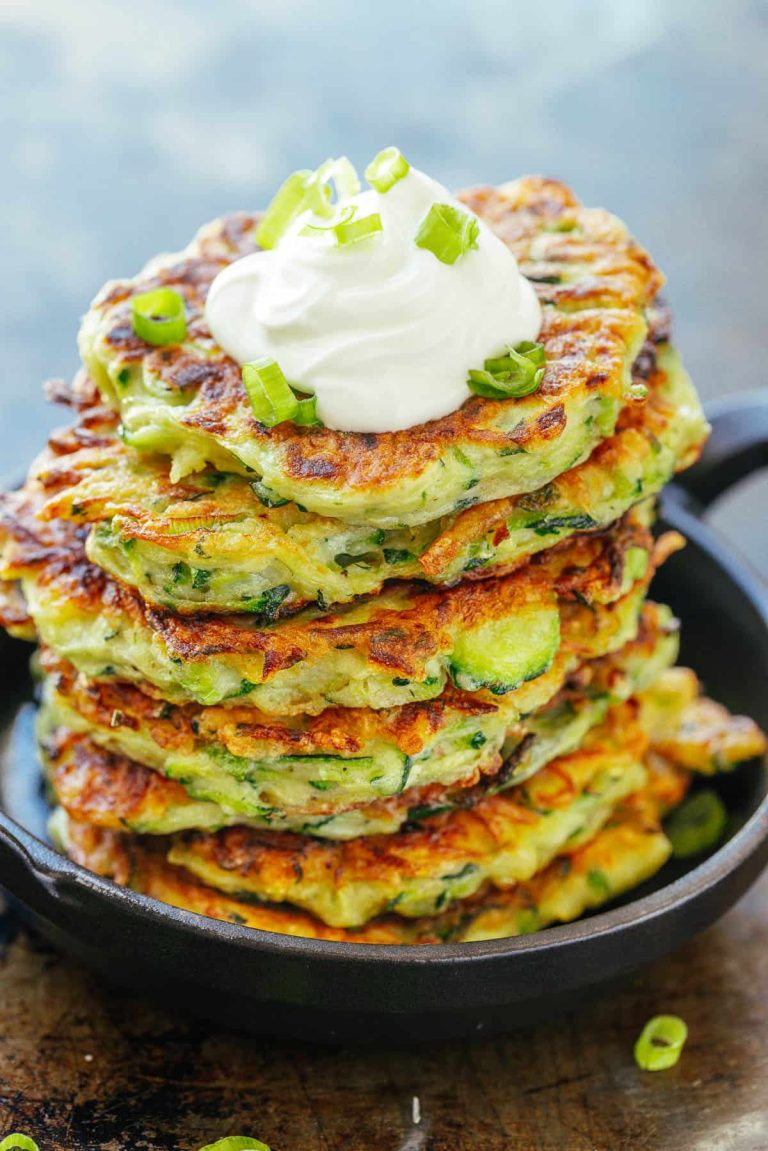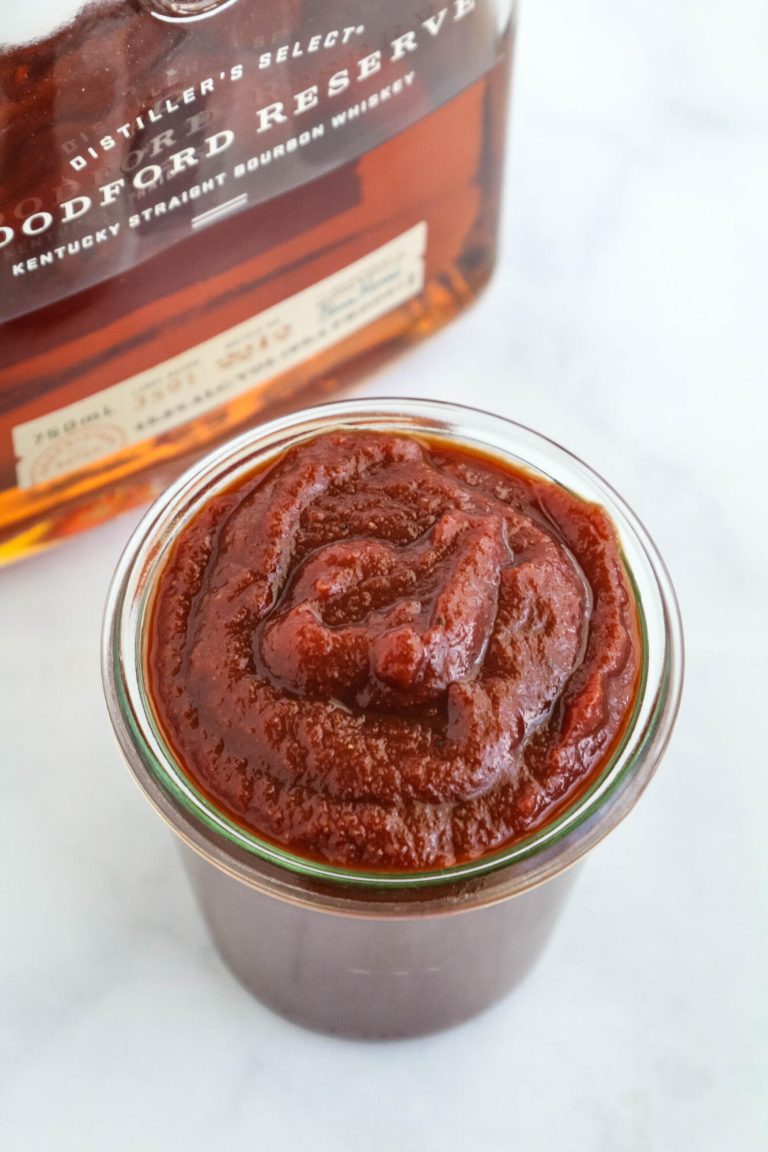White Balsamic Vinaigrette: Recipe, Health Benefits, and Culinary Uses
White balsamic vinaigrette combines white balsamic vinegar, olive oil, and seasonings to create a dressing. The key ingredient, white balsamic vinegar, is made from Trebbiano grapes, which are boiled under pressure to prevent caramelization, resulting in a lighter, golden color.
How It Differs From Traditional Balsamic Vinegar
White balsamic vinegar has a subtler flavor than traditional balsamic vinegar. Traditional balsamic vinegar undergoes a longer aging process and develops a deeper, richer taste and darker color. In contrast, white balsamic vinegar offers a milder, less complex profile, making it versatile for various culinary applications without overpowering other flavors.
Key Ingredients in White Balsamic Vinaigrette
The Role of White Balsamic Vinegar
White balsamic vinegar, the primary ingredient in white balsamic vinaigrette, provides a tangy yet mild flavor. Its less acidic profile compared to traditional balsamic vinegar makes it suitable for delicate salads. White balsamic vinegar offers a slightly sweet undertone, enhancing the vinaigrette’s balance.
Additional Ingredients and Their Functions
Olive oil adds a rich texture and helps in emulsifying the vinaigrette. High-quality extra virgin olive oil is preferable for its robust flavor. Dijon mustard acts as an emulsifier and adds a subtle sharpness. Minced garlic or shallots introduce a nuanced, aromatic depth. Salt and pepper are essential for flavor balance, while a touch of honey or agave nectar can add sweetness. Fresh herbs like basil or tarragon provide an extra layer of freshness and complexity.
Culinary Uses of White Balsamic Vinaigrette
Dressings and Marinades
White balsamic vinaigrette enhances the flavor of salads and works perfectly as a marinade. When combined with greens like arugula, spinach, or mixed greens, it adds a delicate, sweet tang. Use it to marinate chicken, fish, or tofu. The mild acidity helps tenderize proteins while imparting a subtle sweetness. For vegetables like bell peppers, zucchini, or asparagus, this vinaigrette brings out their natural flavors when used as a marinade before roasting or grilling.
Creative Cooking Ideas
White balsamic vinaigrette isn’t limited to salads and marinades. Drizzle it over ripe tomatoes with mozzarella for a quick caprese twist. Toss it with roasted root vegetables like carrots and beets to add depth. Mix with quinoa, farro, or other grains to create flavorful grain salads. Blend it into cooked pasta for a light, tangy pasta salad. You can even use it as a dipping sauce for bread or a finishing touch over grilled peaches or strawberries for a burst of flavor.
Health Benefits of White Balsamic Vinaigrette
Nutritional Information
White balsamic vinaigrette offers various nutritional benefits. It’s typically made with white balsamic vinegar, olive oil, mustard, garlic or shallots, honey, and herbs. Olive oil provides heart-healthy monounsaturated fats, which can help reduce bad cholesterol levels. White balsamic vinegar contains antioxidants that protect cells from damage. Garlic or shallots contribute vitamins and minerals, enhancing overall nutrient intake. Dijon mustard is low in calories and adds depth to the flavor without extra fat. Honey offers natural sweetness and antioxidants. This blend makes white balsamic vinaigrette a nutritious addition to many dishes.
Diet-Friendly Qualities
White balsamic vinaigrette suits various diets. It’s naturally low in calories compared to creamy dressings, making it an excellent choice for weight management. The vinaigrette is gluten-free if you use gluten-free mustard and is suitable for most vegetarian and vegan diets. Olive oil contributes essential fats, which are integral to a balanced diet. The dressing supports low-carb or ketogenic diets when used in moderation due to its low carbohydrate content. Suitable variations also include skipping honey for a sugar-free option. This versatility ensures the vinaigrette complements various dietary preferences and restrictions.
Selecting and Storing White Balsamic Vinaigrette
Buying Tips for Quality and Authenticity
Choose brands with clear labeling, ensuring the vinegar is from real balsamic vinegar and not artificially flavored. Check ingredients; pure white balsamic vinegar preserves authentic taste. Look for minimal additives and no artificial preservatives. Opt for organic options when possible for the highest quality. Evaluate the color and clarity; it should be light and transparent.
Best Practices for Storage
Store white balsamic vinaigrette in a cool, dark place to maintain its flavor and prevent oxidation. Keep it in a tightly sealed container to avoid contamination. Refrigerate after opening if it contains fresh ingredients like garlic or herbs. Consume within a few months for the best taste and nutritional value. Always shake before use to blend the ingredients.
Conclusion
Crafting a white balsamic vinaigrette with quality ingredients can elevate your culinary creations and offer numerous health benefits. Its versatility makes it a staple in your kitchen, perfect for salads, roasted vegetables, grains, and even grilled fruits. With its nutritional value and diet-friendly attributes, this vinaigrette supports various dietary preferences and helps with weight management. Remember to select authentic, high-quality ingredients and store your vinaigrette properly to enjoy its optimal taste and benefits. By doing so, you’ll ensure a delicious and healthful addition to your meals.






